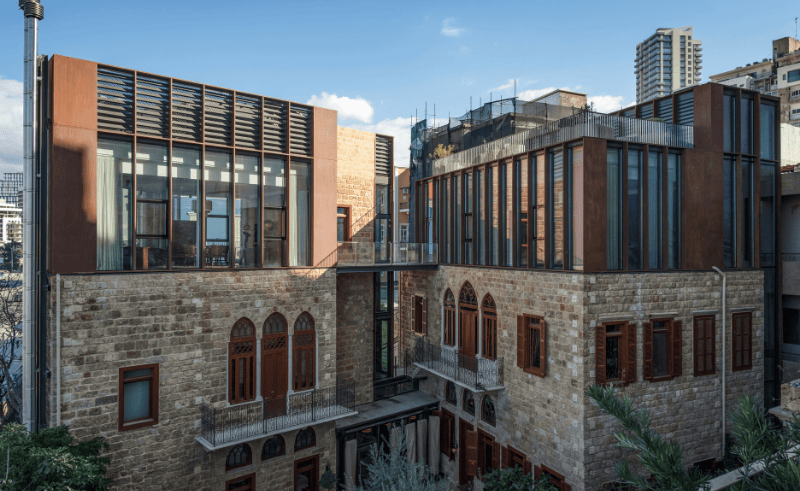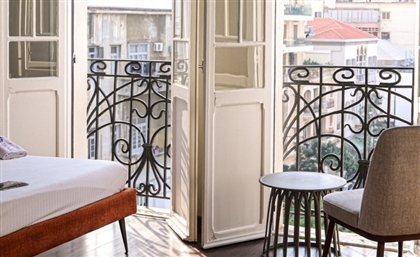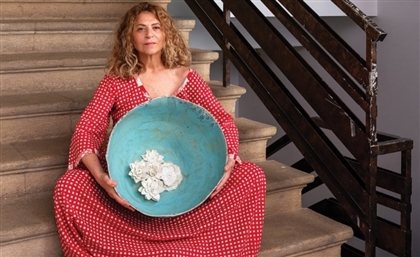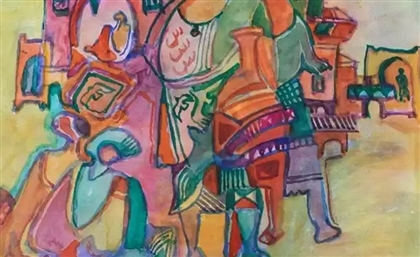DHP Architecture Restores 19th-Century Buildings in Beirut
Beihouse breathes new life into three 19th-century residences in Beirut’s Gemmayzeh district, blending restored heritage with contemporary design to create a vibrant and inviting social club.

In the heart of Beirut’s Gemmayzeh district, where narrow lanes wind between historic Lebanese façades, Beihouse stands as a quiet study in resilience. The aftermath of the 2020 port explosion left much of the area in ruins, including the trio of houses—originally built in the 19th century—that now form the core of this project.

Rather than erase the past, architects Dagher Hanna & Partners and interior designer Linda Boronkay chose to restore and reimagine, transforming the damaged structures into a social club.
Traditional Lebanese materials—stone, wood—meet modern interventions of corten steel and high-performance glass, a dialogue that nods to Beirut’s industrial port history. Local craftsmen restored essential elements using time-honoured methods, ensuring that the buildings’ original character remains present throughout.

Two houses gained additional floors; the third is marked by a double-height volume. A floating terrace on the third building bridges old and new, framing glimpses of Bieruit’s port and the Mediterranean Sea.
The courtyard, reached through a narrow passage, centres the scheme—a century-old olive tree and a garden-like setting offer a rare calm in the busy city. The bar, with its retractable glass walls, shifts easily between indoor intimacy and an open-air venue. A lounge is placed facing the courtyard, with its upper levels activated by a ceramics studio and an exhibition space.
The second building houses a restaurant on the ground floor, with a private gathering space above. The third supports hospitality functions and service areas, while offices occupy the upper levels.
Circulation is thoughtfully arranged. Steel bridges form balcony-like spaces throughout, and a panoramic lift offers a unique vertical experience, complemented by three strategically placed lifts. Corten staircases connect the various floors, while triple-glazed windows and corten fins quietly enhance comfort and energy efficiency by reducing noise and providing solar shading.

Step inside Beihouse and it’s clear this isn’t simply a restored cluster of houses—it is a space shaped by, and for, Beirut’s enduring spirit. In Gemmayzeh, Beihouse honours the city’s past while actively shaping its next chapter.
- Previous Article Ahfad Al-Zaytoun Learning Centre Helps Gaza's Children Navigate Trauma
- Next Article Six Unexpected Natural Wonders to Explore in Egypt
Trending This Week
-
Dec 23, 2025



























